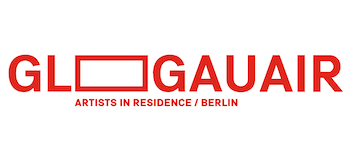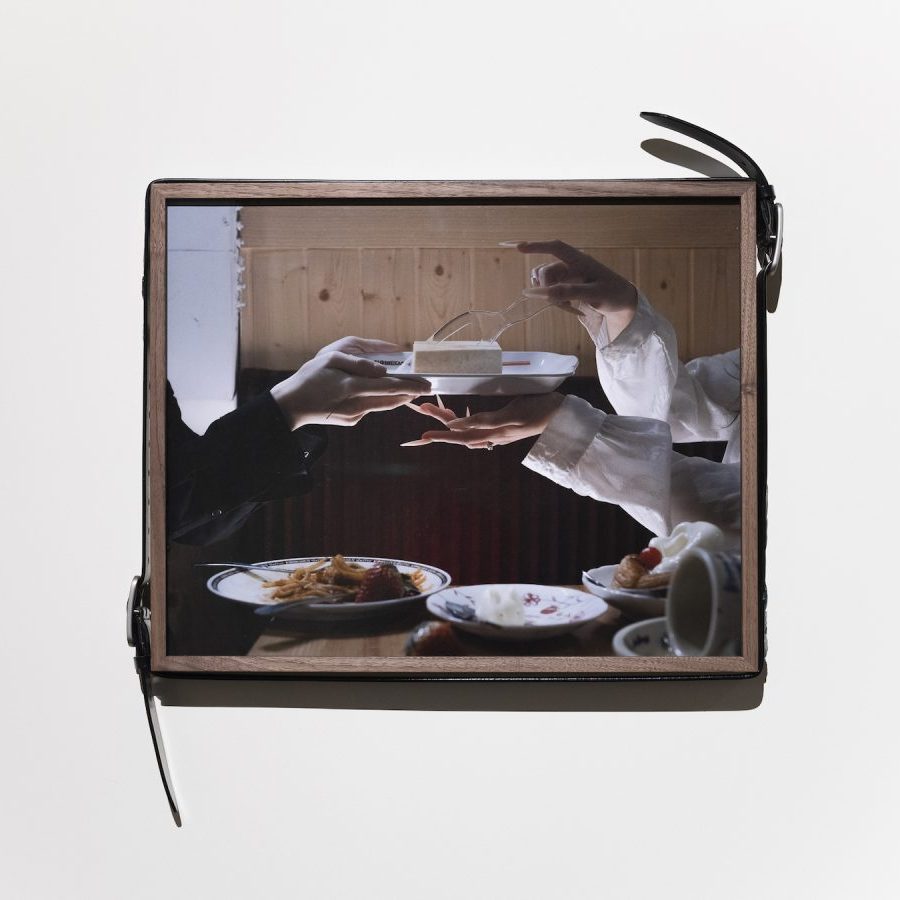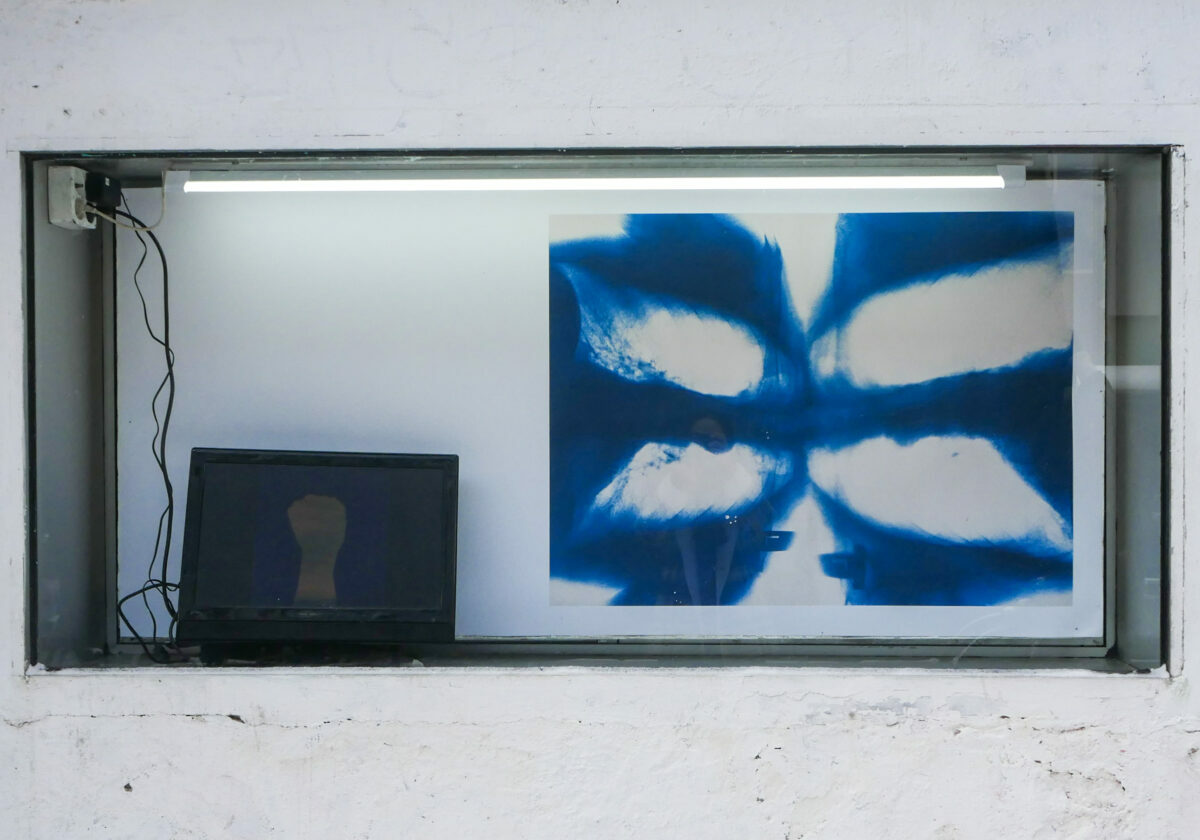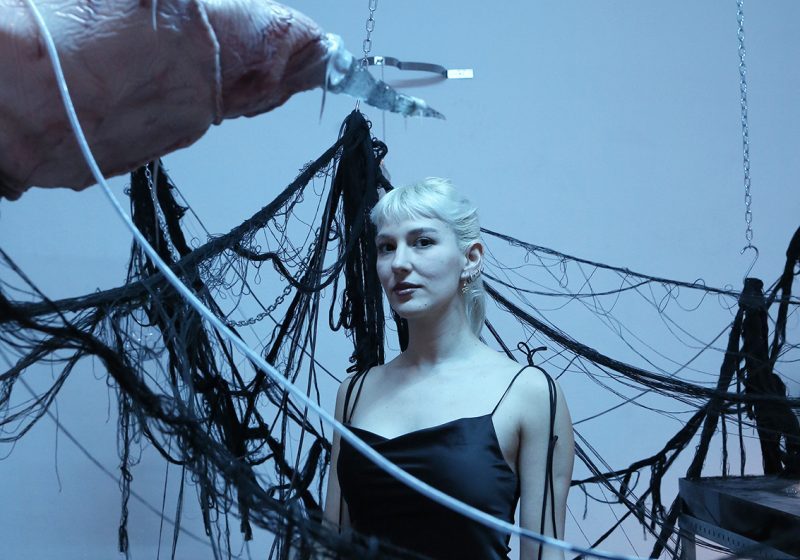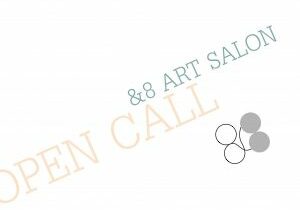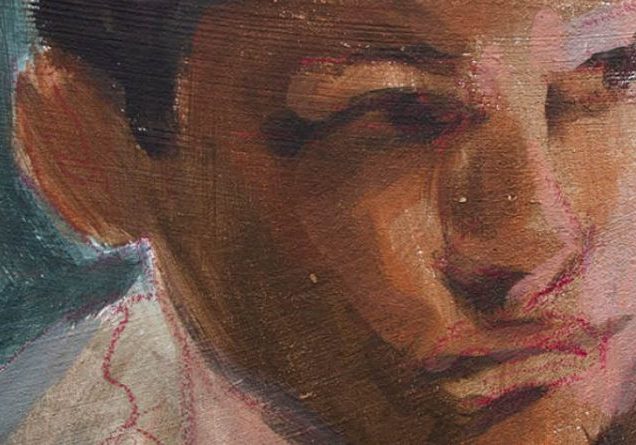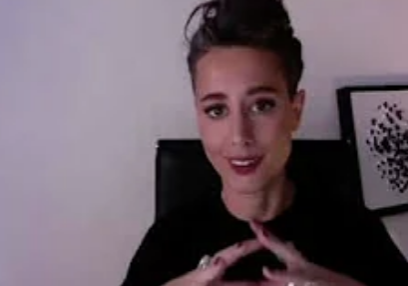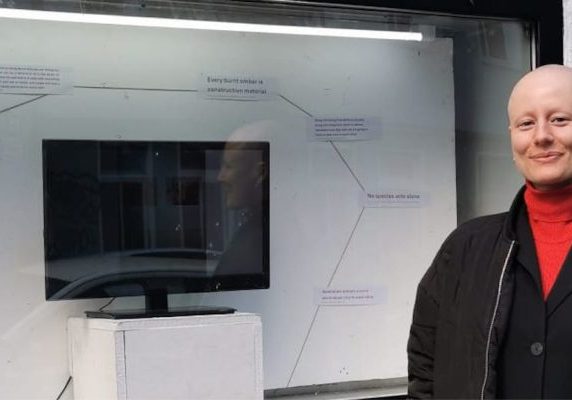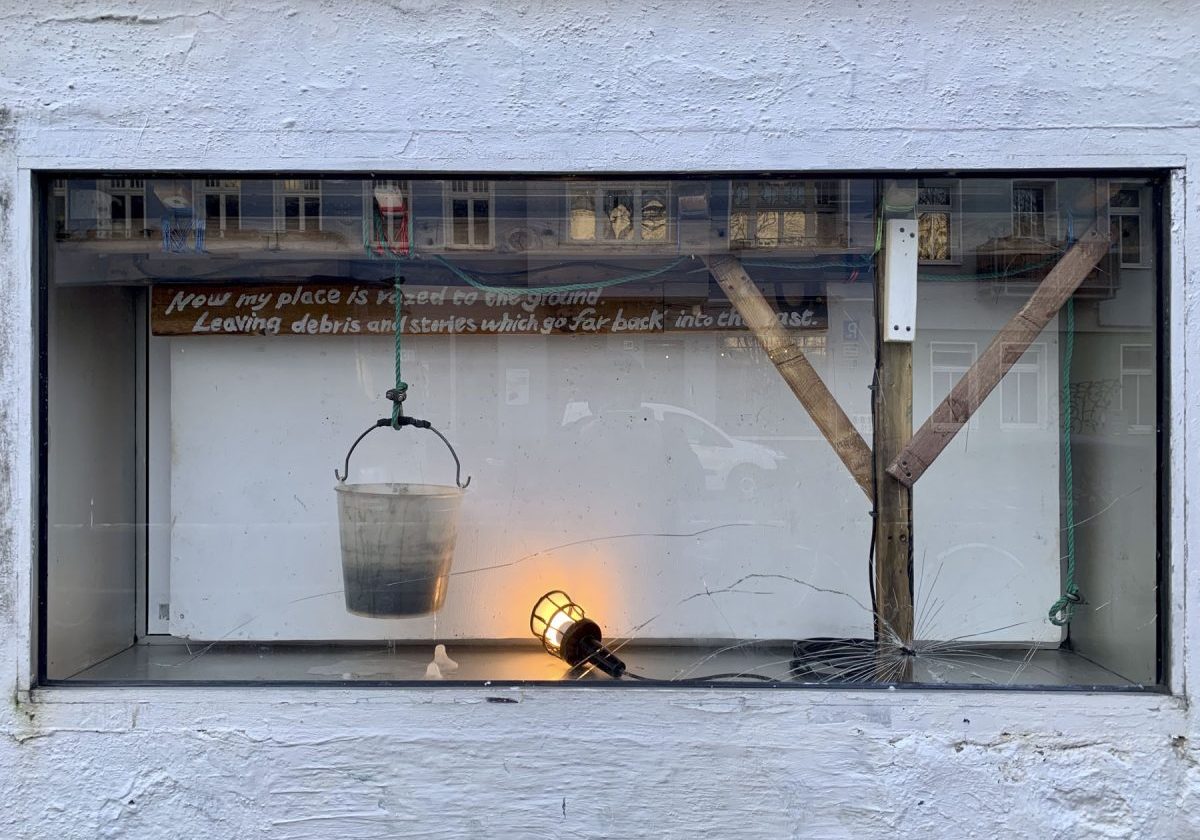Meet the Artist // Xinyi Mei
Xinyi Mei configures an interplay of time-based apparatuses—video, film, photography, performance, mixed-media installation, and writing—to instantiate ephemeral dialogical situations. Her practice interrogates the ruptures, distortions, and entropic flows of communication, examining the mechanisms through which digital mediation dissolves intimacy, presence, and affect.
Can you tell me about your background and what you’re working on for your three-month residency at GlogauAIR?
I’m an artist based in Shanghai and I travel to Tokyo from time to time. I’m working across video, installation, performance, and writing. My practice examines how emotions, memory, and communication are mediated through digital images and shared cultural references.
Originally, I planned to continue my long-term project Hanging Study, which explores the notion of “suspension” in both physical and emotional forms. But after arriving in Berlin, I became drawn to a new line of thought inspired by Walter Benjamin’s childhood in Berlin around 1900. I’ve been revisiting the places he described and combining that with a script I’m developing — something between an essay film and a fictional dialogue. The project reflects on how personal and historical memories overlap within the city, and how the act of walking or filming can become a way of reinhabiting those memories.
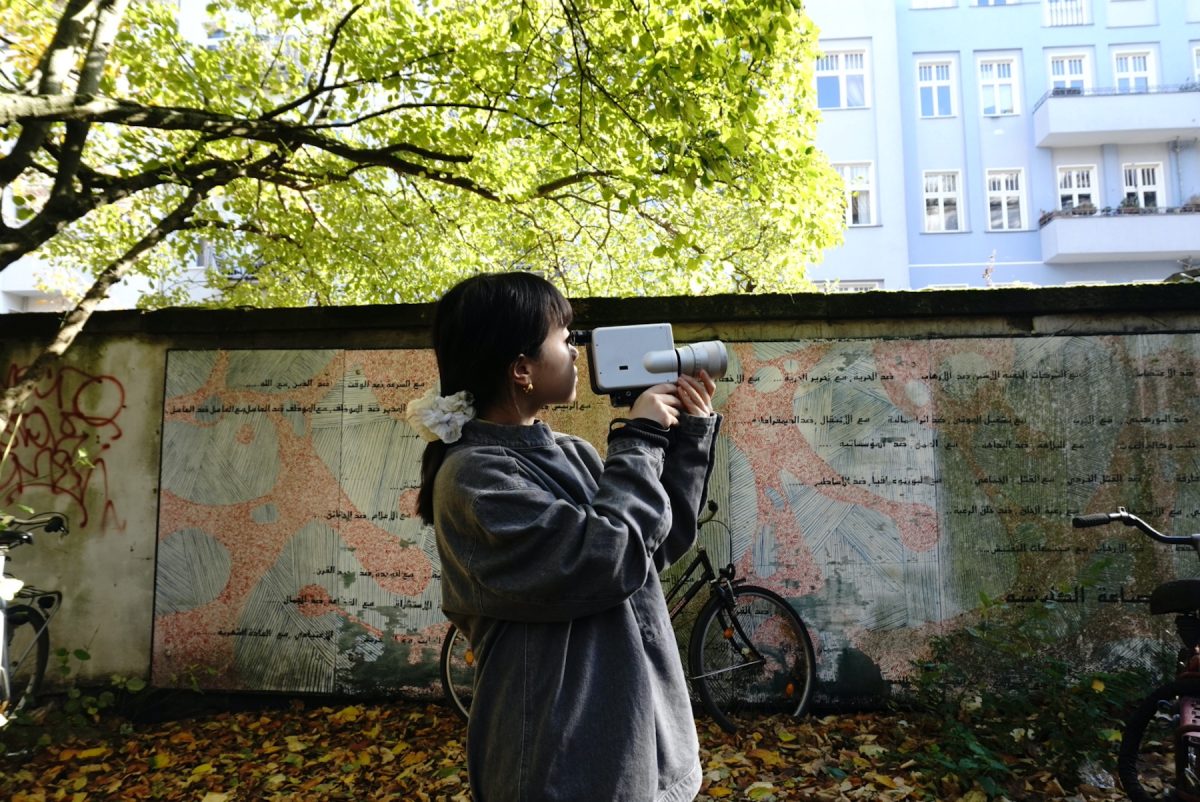
I see how you like to work with poetic stories and short fables. What’s your goal in adapting pre-existing works of fiction?
I’m drawn to fables and existing stories because they already hold a collective memory, they’re shared, repeatable, and slightly worn-out. By re-interpreting them, I can use their familiarity as a surface to project new emotions or contradictions.
My goal isn’t to “retell” but to contaminate — to let the old story absorb my own experience, language, or political feeling until it becomes something unstable. The adaptation process becomes a way to talk about translation, belief, and how meaning constantly shifts between generations and media.

Your most recent solo show, The Melancholy Magician, The Diner’s Experience, has a vast array of mediums. What was your process in balancing mixed media for your show, and how did you tie them all together?
For me, working across different mediums isn’t about showing variety but about extending one language into another — when words fail, sound continues; when sound dissolves, materials start to speak. I often treat each medium as a translation of another, and the tension between them becomes the real substance of the work.
Rather than trying to balance or unify them, I wanted the materials to miscommunicate — to produce small dissonances and frictions. The show became a choreography of failed translations, where the viewer oscillates between comprehension and sensation. That’s where I locate intimacy — in the gap between understanding and feeling.
Interview Shay Rutkowski (@sruutrut)
Photos Yasemin Erguvan (@yaseminerguvan)
